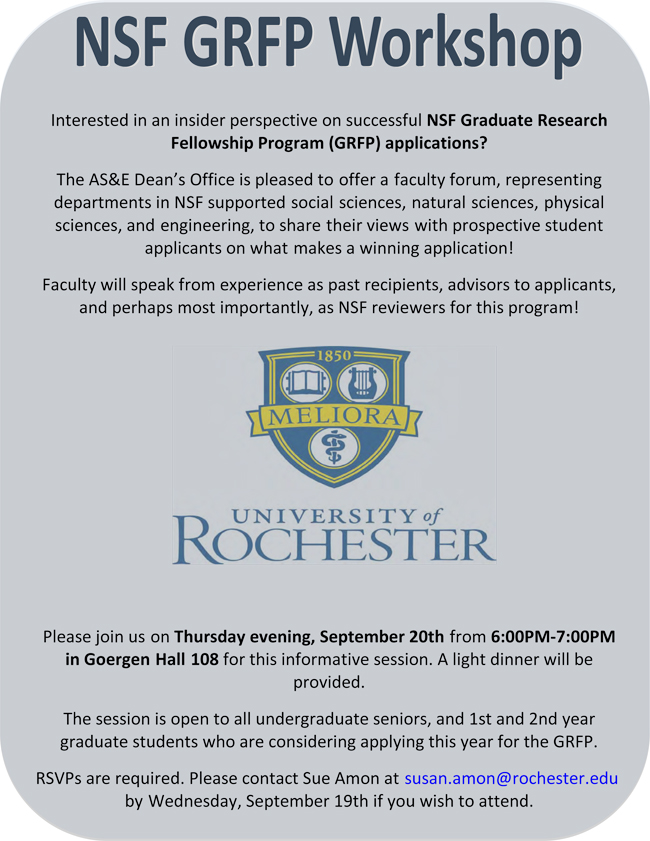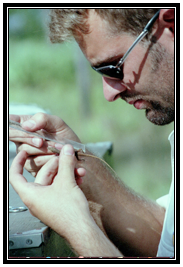
Jordan and Cracraft.
Geographic isolation is widely recognized as one of the most important factors that contributes to the formation of new species. As with many ideas in evolution, however, support for geographic isolation has vacillated over time, due to a variety of factors that include Darwin’s shifting views on the role of isolation (Sulloway 1979), the emergence of alternative theories involving macromutation in the early 20th century (Allen 1969), and persistent fascination with sympatric speciation.
Our first reading for this week is from David Starr Jordan (1851-1931), an early and influential advocate for the importance of geographic isolation to speciation (Jordan 1905, 1908). Trained as a botanist and ichthyologist, Jordan is known more broadly as a peace activist, president of Indiana University (at the age of 34), and founding president of Stanford University. Jordan (1905) used examples from nature compiled both by himself and other prominent biologists of the time (e.g., Stejneger, Grinnell, Merriam, Gilbert) to show that most closely related species or subspecies tend to occur geographically adjacent to one, rather than sympatrically, a pattern he interpreted as evidence for the importance of geographic isolation to speciation. Included among his many examples, are marine organisms on either side of the Isthmus of Panama, which Jordan believed diverged when the Isthmus arose during the Miocene1.
It is important to view Jordan’s forceful advocacy for the importance of geographic isolation within the broader context of evolutionary thought in the early 20th century. During this period, which was subsequently recognized as “the eclipse of Darwinism,” non-Darwinian theories of evolution – including Hugo De Vries’s mutation theory and Henry Fairfield Osborn’s advocacy for the neo-Lamarckian principle of Orthogenesis – were attracting considerable attention (Allen 1969). A supporter of Darwinian theory, Jordan used his paper to argue against these alternatives, which often emphasized the importance of speciation without geographic isolation (i.e., sympatric speciation). Jordan’s 1905 paper provoked immediate debate, with critics particularly concentrated among botanists (Lloyd 1905, Abrams 1905, Leavitt 1907, Allen 1907, Jordan 1908).
Although the principle that geographic isolation was a near universal feature of speciation was once referred to as “Jordan’s Law” (Allen 1907, Michael 1913) this term didn’t catch on, and Jordan’s has since been eclipsed by Mayr as the primary advocate for geographic isolation2. Along with Dobzhansky and other architects of the Modern Synthesis, Mayr developed the “New Systematics” in the early to mid-20th century. Mayr was the token neontological systematist among the four synthesis authors who published important monographs following a series of lectures at Columbia University in the 1930s and 40s 3. In our second reading – chapter 7 of Mayr’s 1942 monograph [pdf link] – Mayr lays the foundation for modern work on geographic isolation during speciation. Just as Jordan did decades previously, Mayr marshals substantial evidence from nature to support allopatric speciation, often involving identification of closely related or polytypic species that occur geographically adjacent to one another. As central as Mayr’s advocacy and detailed discussion were to acceptance of the importance of allopatric speciation, the notion that geographic differentiation was important to animal speciation was already “almost universally accepted as an explanation of most speciation in animals” in the early 1940s (Smith 1942) 4.
Our third reading involves another major advance in the study of allopatric speciation – namely, the emergence of vicariance biogeography in the 1970s. Vicariance biogeography used the new discipline of Hennigian systematics to diagnose speciation events tied to emergence of geologic or environmental barriers to dispersal. The new perspective provided by vicariance were made possible in part due to a new appreciation for earth’s geologic history that stemmed from widespread acceptance of plate tectonic theory in the mid-1960s. Early advocates of vicariance biogeography included the ichthyologist Gareth Nelson and his colleagues at the American Museum of Natural History, as well as the eccentric Venezuelan biogeographer Léon Croizat (Nelson 1973, Croizat et al. 1974, Nelson 1974, Platnick and Nelson 1978). These early vicariance biogeographers drew a clear distinct between the ad hoc explanations of previous biogeographers that tended to focus on dispersal and the testable predictions of vicariance. Our reading on vicariance is an early classic by the AMNH ornithologist Joel Cracraft (1982).
Although the approaches introduced by vicariant biogeographers for investigating the impact of historical geologic events on the distribution of species are still used today, attention on the role of geographic isolation during speciation shifted during the early 1990s to focus on intra-specific analyses, a field that would become known as “phylogeography” (Avise 2000). This emphasis on patterns of differentiation within species was, in many ways, a return to the population level approach advocated by Mayr and others during the Synthesis. Based largely on analyses of animal mitochondrial DNA, phylogeography quickly grew into a major discipline in evolutionary biology and systematics, and dominated work on geographic differentiation in nature throughout much of the 90s and early 00s. The american geneticist and ecologist John Avise, who pioneered the use of mtDNA as a marker to diagnose geographic genetic differentiation in nature, is widely regarded as the father of phylogeography (Avise 2000). Our reading this week is a classic paper by Bermingham and Avise (1986) on comparative phylogeography of fishes from the southeastern United States.
Footnotes:
1 Interest in the role of the Isthmus of Panama in marine speciation was reinvigorated by studies by Nancy Knowlton and others who used molecular genetic techniques to investigate this pattern and its timing (Knowlton et al. 1993, Knowlton 1993, Knowlton and Weigt 1998).
2 Jordan would distance himself from credit for advocating the importance of geographic isolation, arguing in 1908 that Moritz Wagner was “master” of this idea (Jordan 1908). It should be noted, however, that his desire to credit Wagner with this idea did not deter him from using the term “Jordan’s Law” repeatedly in this 1908 contribution.
3 The other authors who published monographs after giving lectures in Columbia’s Jesup series were the paleontologist George Gaylord Simpson (Tempo and Mode in Evolution 1944), the botanist G. Ledyard Stebbins (Variation and Evolution in Plants, 1950) and the geneticist Theodosius Dobzhansky (Genetics and the Origin of Species, 1937). However, see Cain (2002) for some backstory on Dobzhansky’s “Jesup lectures.”
4 The author of this quote is Hobart M. Smith the famously prolific herpetologist who has authored over 1,600 publications. At the time he wrote his 1942 article on species and subspecies in rattlesnakes he was a Professor of Zoology at the University of Rochester. On September 26th, 2012 he will celebrate his 100th birthday.
More details and our list of readings are below the fold. Continue reading →





 Anthony Geneva, graduate student of the University of Rochester and member of the Glor Lab, is presenting a talk titled, “Speciation in Hispaniolan Bark Anoles,” on Friday, September 14.
Anthony Geneva, graduate student of the University of Rochester and member of the Glor Lab, is presenting a talk titled, “Speciation in Hispaniolan Bark Anoles,” on Friday, September 14.

